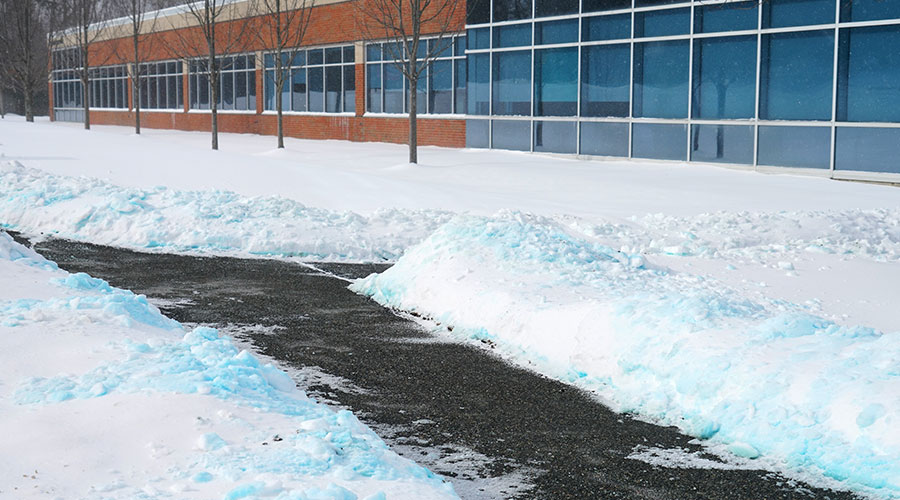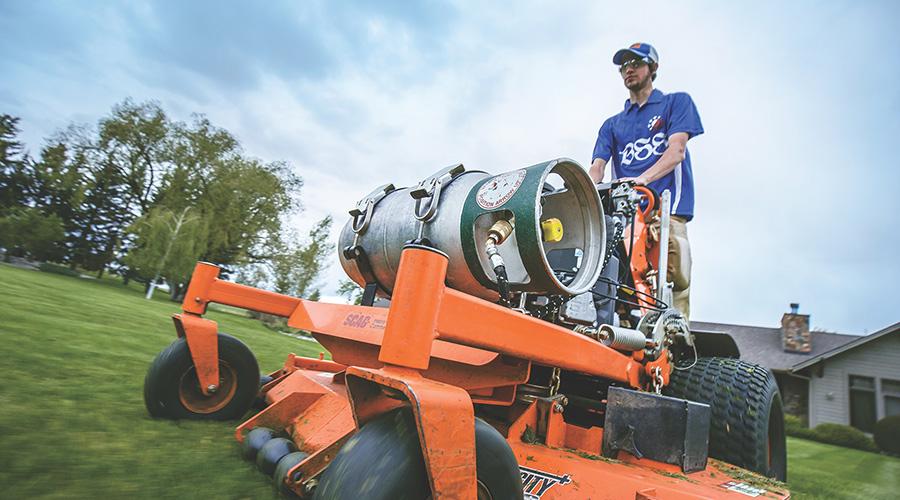Strategies for Effective Irrigation Management
When it comes to managing landscapes around institutional and commercial facilities, many expectations influence a grounds manager's decision-making process. Those expectations come from some very important people, both inside and outside the organization: the building owner or facility executive, building occupants, grounds users, visitors, and the surrounding community in general.
Managers face the seemingly impossible job of meeting all of those expectations, while at the same time managing water and department budgets wisely. How can managers meet all of these different expectations while at the same time managing
water wisely?
Watching The Water
To efficiently manage an irrigation system's water use, managers will need to determine the amount of water a landscape requires and then monitor the amount of water used. This practice is known as water budgeting.
When designing a landscape, managers can use water budgeting to help make decisions on plant selection, estimate a landscape's water requirements and consider potential changes in landscapes and irrigation systems to reduce the amount of water needed for maintenance.
To create a landscape water budget, managers will need to know:
- The number of landscaped acres that are turf grass and the number that are made up of planting beds
- A source for evapotranspiration (ET) data. ET describes the amount of water that plants use. Many states have a weather station network that provides ET data, but it might take some investigating to find a reliable source. Managers can check with university extension agents or with local water agencies to see if they can help provide ET data.
- The amount of water applied to the landscape. The best way to measure the amount of water applied through irrigation is to install a water meter that is dedicated solely to the irrigation system. If the landscape features a dedicated water tap for the irrigation system, then a meter is likely in place. If not, facility maintenance personnel can install a water meter.
Armed with these three pieces of essential information, managers can calculate their landscape's water budget. The first step is to compare the landscape's estimated water requirement to the amount of water applied to the landscape. By comparing these two numbers, managers can determine the efficiency of the irrigation system.
Monitoring and keeping track of a landscape's water use allows managers to make solid management decisions that can affect the organization's bottom line. If the landscape uses more water than needed, managers then will know to pay more attention to irrigation scheduling. On the other hand, if the irrigation system supplies less water than the estimated requirement indicates, this is evidence that the system is using water efficiently.
Improving irrigation efficiency through better management is a key step to conserving water resources, and it is usually the least expensive solution. If managers need additional water reduction, they can focus on improving the irrigation system's performance or making changes to the landscape — using plants that require less water, for example — to reduce the water demand.
Related Topics:












